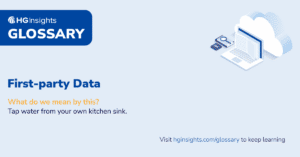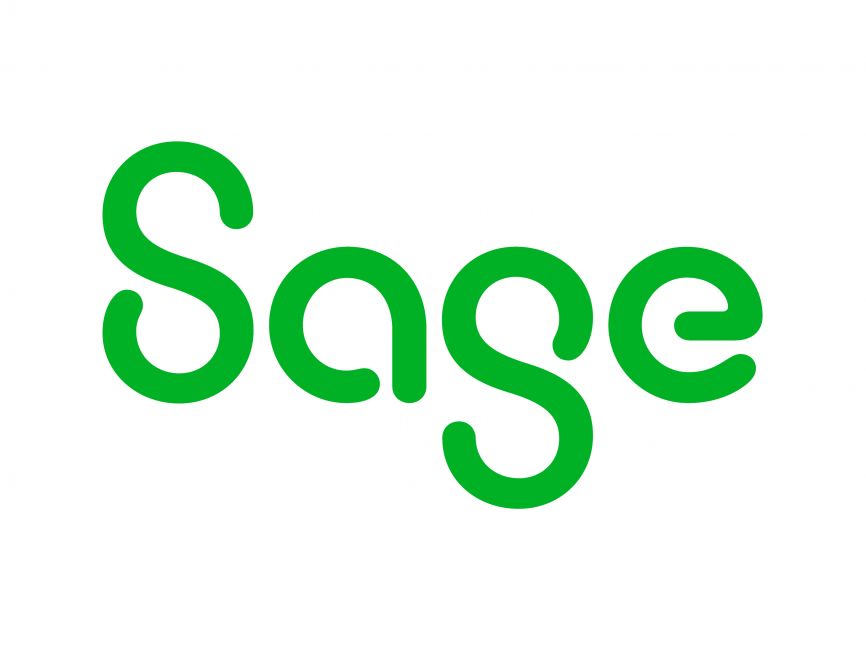1st Party Data is any data you collect directly from your customer base. This typically includes subscription data, social media data, and website behavioral data. 1st Party Data is more likely to be accurate and relevant.
What do we mean by this?
Tap water from your own kitchen sink.
First Party Data
Taking a data-driven approach to your B2B sales and marketing efforts can increase your chances of making a conversion. Various types of data provide different levels of insight into a possible client or lead, allowing you to understand what it is your client needs, and how likely they are to purchase your product or service.
One of the most useful and telling types of information is first party data, which gives you a direct look into a lead’s actual conversion potential.
What is first party data?
First party data is that which you collect directly from your audience, clients, and other potential leads. It reflects actual customer behavior, buying history, browsing habits and needs and is the best way to determine conversion potential using data.
Your best source of first party data is typically your own website or other public-facing digital profiles, which can track client behaviors and actions such as click-throughs, page visits, past purchases, subscription sign-ups, as well as the frequency at which these actions are occurring.
Other sources of first party data include additional digital touch points for your audience such as email, mobile applications, mobile web pages and other accessible platforms that directly connect the client to your organization.
Further data sources which tap into pre-existing client interactions include POS systems, direct CRM interactions, post-purchase interviews, client support communications, and more.
Finally, first party data can also include information from non-digital sources such as paper surveys, verbal feedback, etc.
The importance of first party data
First party data gives you a direct line to the needs, wants and interests of your current and high-potential clientele. Understanding their spending habits and historic points of interaction with your company supplies your teams with actionable information, allowing them to:
Personalize marketing content and sales outreach materials.
Gain audience insights and adapt products and services to better suit the needs of your client base.
Create an ideal client profile and identify more high-potential leads in the future.
Strategize timing for marketing campaigns and sales outreach.
And more.
How to use first party data
Now that you have these all-important client insights, what can you do with them? Here are a few ways your marketing and sales teams may leverage your first party data to their advantage.
Marketing
The major advantage marketers gain from first party data is a clear picture of the client journey, from first introductions, to ongoing communications and interactions, to sales, to post-sales support. Using first party data, your team is more able to understand how a lead arrives at your organization, giving them insight into where best to place marketing materials to better cultivate new client relationships.
First party data also helps you understand what specific clients need, what their use case for your product or service may be, and why they are coming to you. This allows you to create a more personalized customer journey, with custom messaging that speaks to the requirements of the new client.
Sales
Similar to marketing, your sales team can leverage first party data to target points in the customer journey and strategize sales interactions for an improved conversion process. Knowing what your client needs, when they need it, how their needs change season to season or during industry interruptions, and other critical client information allows you to make a better case for your product or service and help them understand how your organization can best meet their needs.
What is second party data?
Second party data is first party data gathered by another organization. It is identical to first party data in many ways, involving email, social media, non-digital, website interaction, POS, mobile app, and other data harvested from direct audience touchpoints. The only difference is that you need to enter into an agreement with the gathering organization in order to gain access to it.
While second party data still gives you valuable insights into general customer behavior, the data gathered is not specific to your organization and may be less actionable and less personalized than first party data. However you can still leverage second party data in the same way you would first party data to the advantage of both sales and marketing, ideally in tandem with your own first party data.
What is third party data?
Third party data is indirect client data gathered from online sources by a data marketplace. Third party data may be purchased by end user organizations to further supplement first and second party data to the same advantage in marketing and sales. Third party data is most often gathered from broader sources including
Social media activity
Search engine activity
Other online content
Third party data does not provide you with specific client insight, however will help you gain a more general demographic understanding that can help you expand your audience and scale your first party information.
First vs. second vs. third party data
Let’s take a look at the pros and cons of each type of data.
First party data pros:
Specific to your organization and client base
Provides actionable information
First party data cons:
You gather it yourself
Must integrate different data sources to be useful
Second party data pros:
Provides direct insights into client behavior and need
Can be specific to your industry
Second party data cons:
Is not specific to your organization
Third party data pros:
Scaled
High volume gives you greater demographic insights
Third party data cons:
Needs to be purchased from an external provider






